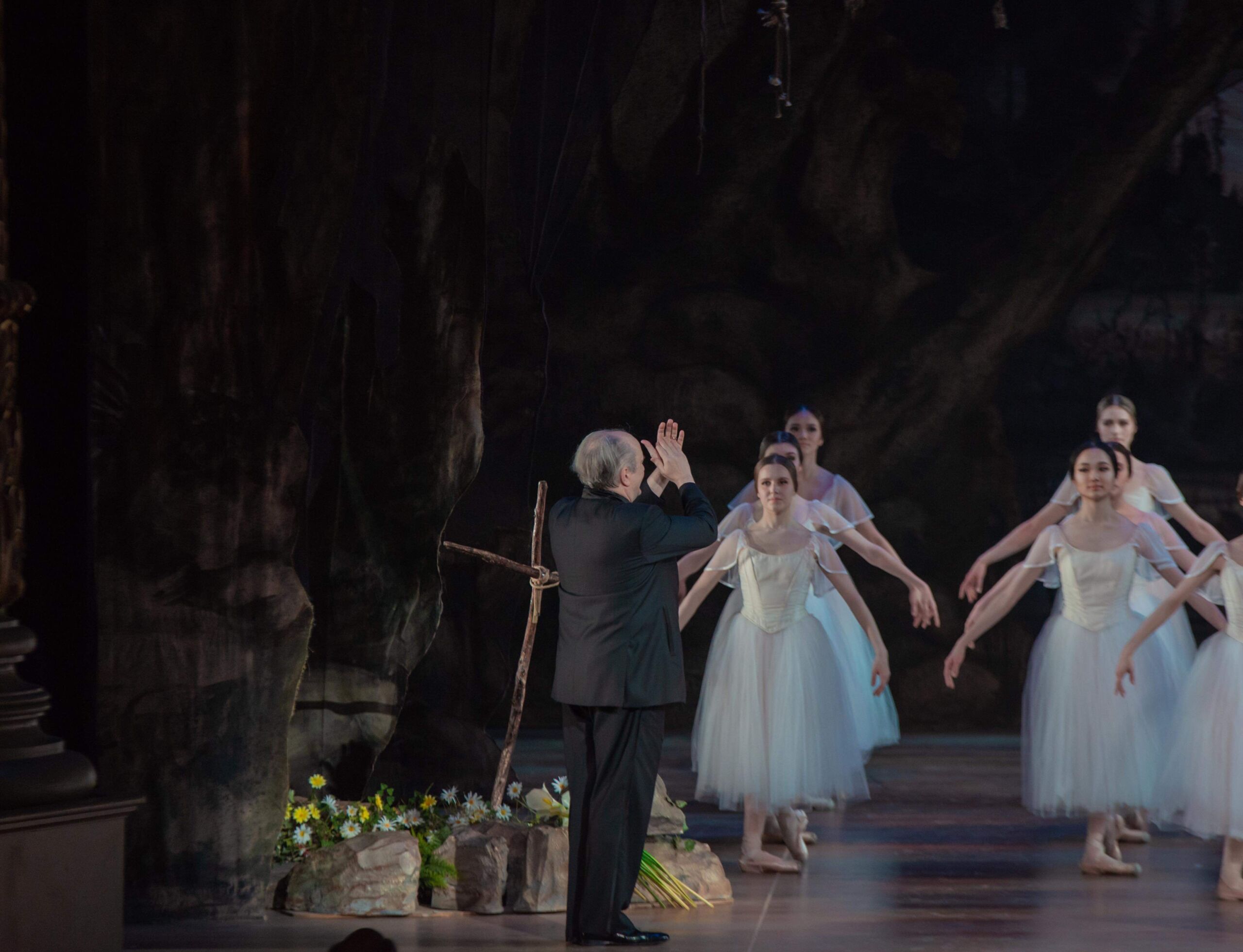
I just completed the longest road trip in recent memory, eight weeks of ballet conducting. The tour commenced with Sleeping Beauty in Tulsa, then on to the Pennsylvania Ballet for Angel Corella’s new setting of Giselle, and a return to Tulsa for a brand new ballet created by my friend Ma Cong based on the complicated life of Piotr Ilych Tchaikovsky.
As I have chronicled in this space before, I divide my professional life between symphonic and ballet conducting and have served the Tulsa Ballet as Principal Conductor for eight seasons. The artistic standards there are quite high, and music is held to a strict level of tempo accountability, which often stifles any nuance of inspired creativity. This is particularly apparent in a piece like Sleeping Beauty as the entire score is one variation (dancer solo) after another, and each dancer (there were multiple casts) had their own comfort zone. The two company pianists responsible for playing rehearsals always strive to supply the exact same tempo in rehearsal that will be expected from the orchestra in performance. We enjoyed two rehearsals with the Orchestra, and then two full rehearsals with the Company and Orchestra prior to an attended dress rehearsal. The run was strong in a piece that certainly tests the conductor’s mettle, and I was proud of what we accomplished.
In Philadelphia, I found a much more lenient approach to the aspect of tempo. The pianists exhibited more freedom in rehearsals, in fact had differing views, and I was left to my own devices as to what ultimately to provide in performance. The scary thing, if that artistic freedom weren’t enough, was that I had only one rehearsal with the dancers and orchestra before opening to the public for 8 performances. The result was a certain amount of experimentation during performance, something that I try to avoid, as the paying public deserves our very best. It took several performances before I and the artistic staff were happy with the product. The experience, however, was enhanced by the venue! The PA Ballet performs in Philadelphia’s historic Academy of Music , one of the iconic halls in all the world. It also was the last hall in American in which Tchaikovsky conducted, which enhanced the bookend experiences of this whirlwind tour.
With Ma’s new piece in Tulsa, the rehearsals all took place to a recording, not to live pianists. The score is an amalgamation of Tchaikovsky, his contemporaries, and a present-day composer who also assisted Ma in creating the story line. The rehearsal CD was a collection of recordings and midi files. The challenge was my ability to replicate those recordings, with all their nuancing. I never had a chance to conduct the piece with just the pianists in tow (an important part of the process of learning a ballet score, I have found). Luckily, the ballet was not as tempo dependent at Sleeping Beauty, or Giselle, but it did need to be musical, relatively close to what the dancers were accustomed, and predictable. The run was successful, although not as sought after by the public as it should have been.
With these three productions, I experienced the extremes in preparatory circumstances and was reminded of the resiliency needed in the conductor. I have a colleague at the American Ballet Theater who often refers to his trips to “Ballet Hell,” and I think I know what he means! But it was great fun and I look forward to the next trip!


